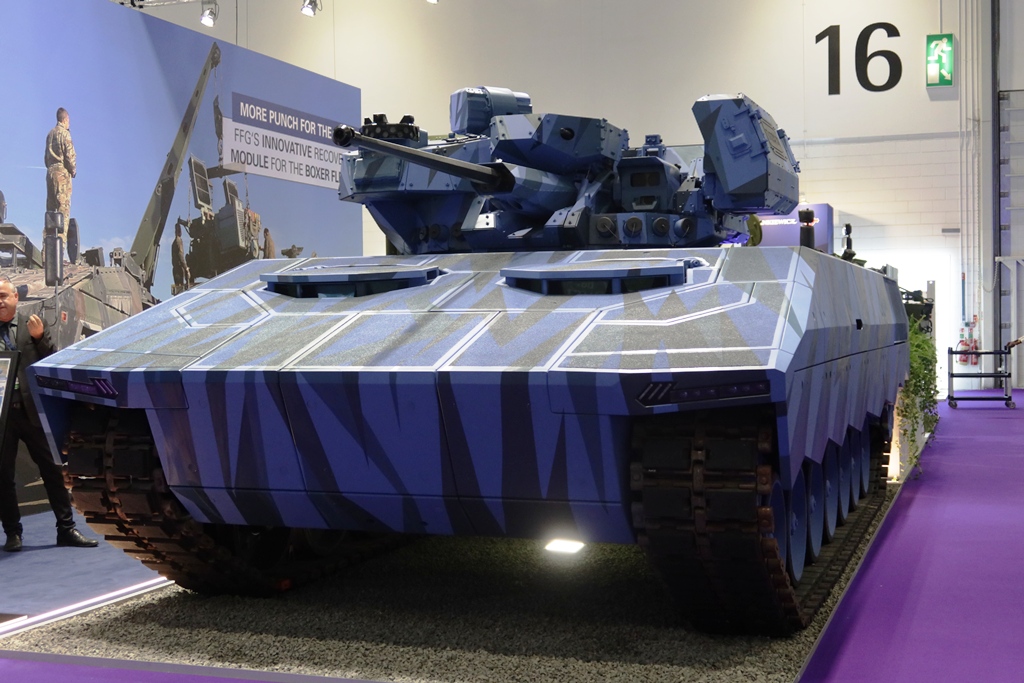Integration of AI in Naval Shipbuilding: A Paradigm Shift
Accelerated Adoption of Artificial Intelligence
In a groundbreaking initiative, HII’s Newport News Shipbuilding division is set to incorporate artificial intelligence (AI) solutions into its operations within the next few months. The aim is for all shipyard personnel to adhere to AI-generated directives by the end of this year. Brian Fields, the Chief Technology Officer at Newport News Shipbuilding, underscored the urgency of this transition during a recent federal event hosted by C3 AI, emphasizing that rapid implementation is essential to meet the Navy’s shipbuilding demands.
Strategic Partnership with C3 AI
Earlier in the year, HII formalized a strategic collaboration with C3 AI, focusing on the utilization of agentic AI technologies. These systems harness automation for data analysis and decision-making in line with defined objectives. This partnership is projected to enable a 20% increase in production efficiency across the shipbuilder’s operations, which span 550 acres and encompass 17 distinct manufacturing shops employing approximately 2,300 personnel.
Addressing Complexity in Shipbuilding Operations
Fields elaborated on the intricacies of the production process, which involves managing 5,200 tasks weekly, each influenced by 32 separate data sources. This complexity traditionally necessitated hundreds of thousands of manual decisions from a limited cohort of individuals. Fields articulated the necessity of a reformed process to enhance operational effectiveness:
- Production Challenges: The primary bottleneck arises from reliance on 17 critical components sourced from a single foundry, which has been insufficient in meeting production timelines for vital submarine components.
Leveraging Digital Twins for Enhanced Efficiency
C3 AI’s new CEO, Stephen Ehikian, discussed the role of their platform in creating a “digital twin” of the production workflow. This model facilitates virtual simulations for scenario planning and risk assessment, which are invaluable for optimizing production rates and resource allocation.
Automation to Streamline Operations
The primary objective is to synthesize data from various systems, including spreadsheets, analytics platforms, financial records, and scheduling tools. This AI-driven approach aims to enable shipbuilders to fabricate components in a prioritized sequence, thereby enhancing the likelihood of on-time ship deliveries. Fields emphasized:
- Focus on Automation: Automating routine data handling tasks will allow a significant portion of the workforce to concentrate on value-added activities directly related to shipbuilding.
Cultural Challenges in Workforce Adoption
Despite technological advancements, one notable hurdle remains: fostering trust and acceptance among the workforce. Fields acknowledged the strong sense of pride employees take in their craftsmanship, and he indicated that leadership initiatives would focus on instilling a sense of ownership and responsibility in utilizing these new tools effectively.
Conclusion
The increasing demand for faster production of nuclear-capable submarines necessitates innovative solutions within shipbuilding. By adopting AI technologies and refining operational processes, HII’s Newport News Shipbuilding division is positioning itself to not only meet the Navy’s immediate needs but also to redefine the future of maritime defense manufacturing. As this transition unfolds, ongoing engagement with the workforce will be essential to ensure a smooth integration of these advanced methodologies.





